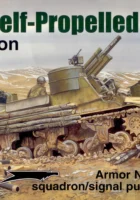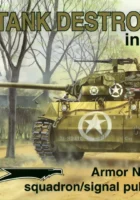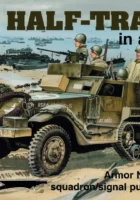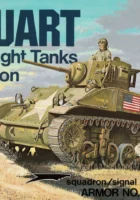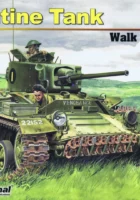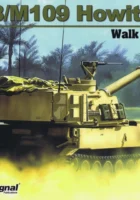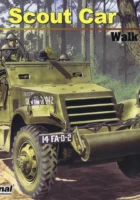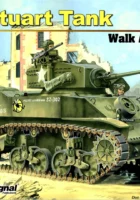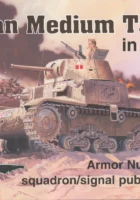
Skvadronsignal | |
|---|---|
| Serie | Amor i aktion |
| Referens | SS2039 |
| Ämne | Italienska medeltankar i aktion |
| Period | Wwii |
Signerad dokumentation Skvadronsignal le livre «Italienska medeltankar i aktion - Skvadronsignal SS2039» .
Den kungliga italienska arméns "M" -serietankar började med Fiat-Ansaldo M11-39 1939 och fortsatte med M13-40, M14-41 och M15-42. Medium tankar tjänstgjorde på alla italienska fronter under andra världskriget. Även om de utfördes av de flesta allierade pansarfordon, var dessa stridsvagnar och självgående vapen Italiens pansarförsvar under hela andra världskriget, 100 foton, över 60 linjeteckningar, 3 fullfärgsomslagsmålningar, 8 färgprofiler, 50 sidor.
Källkod: Skvadronsignal
Visningar : 2763
